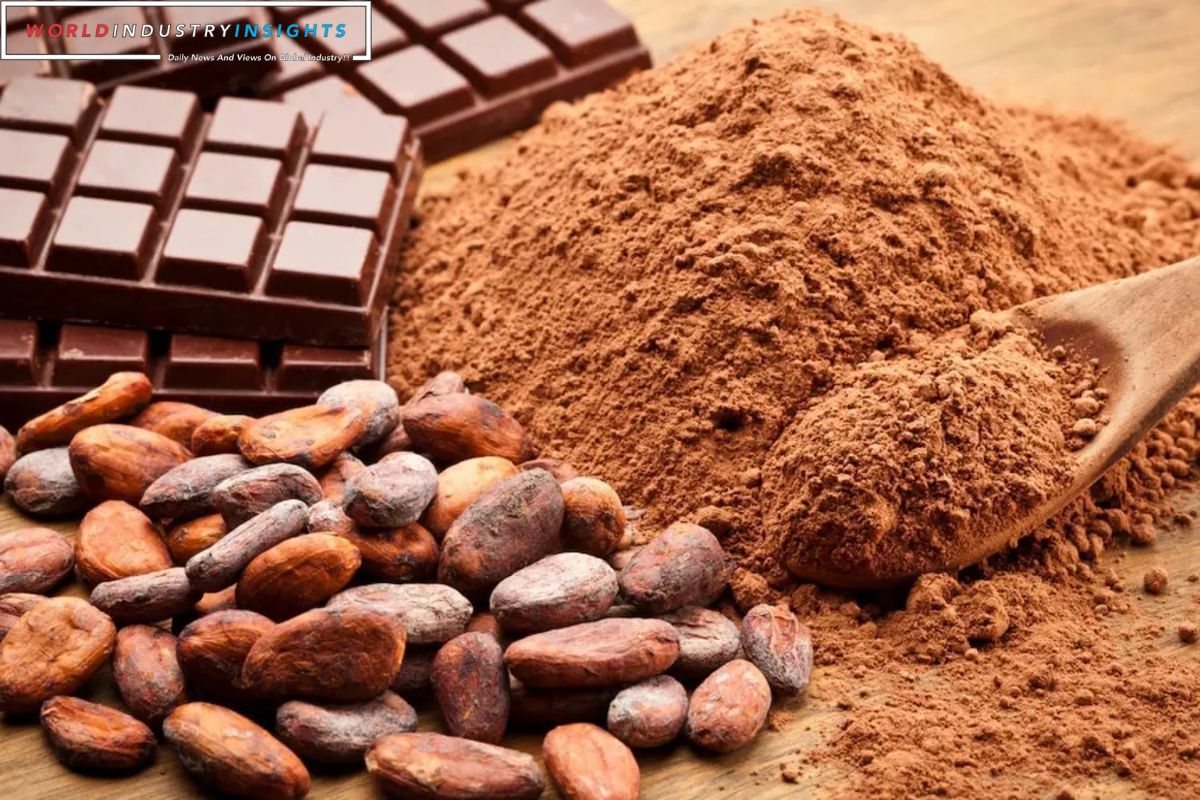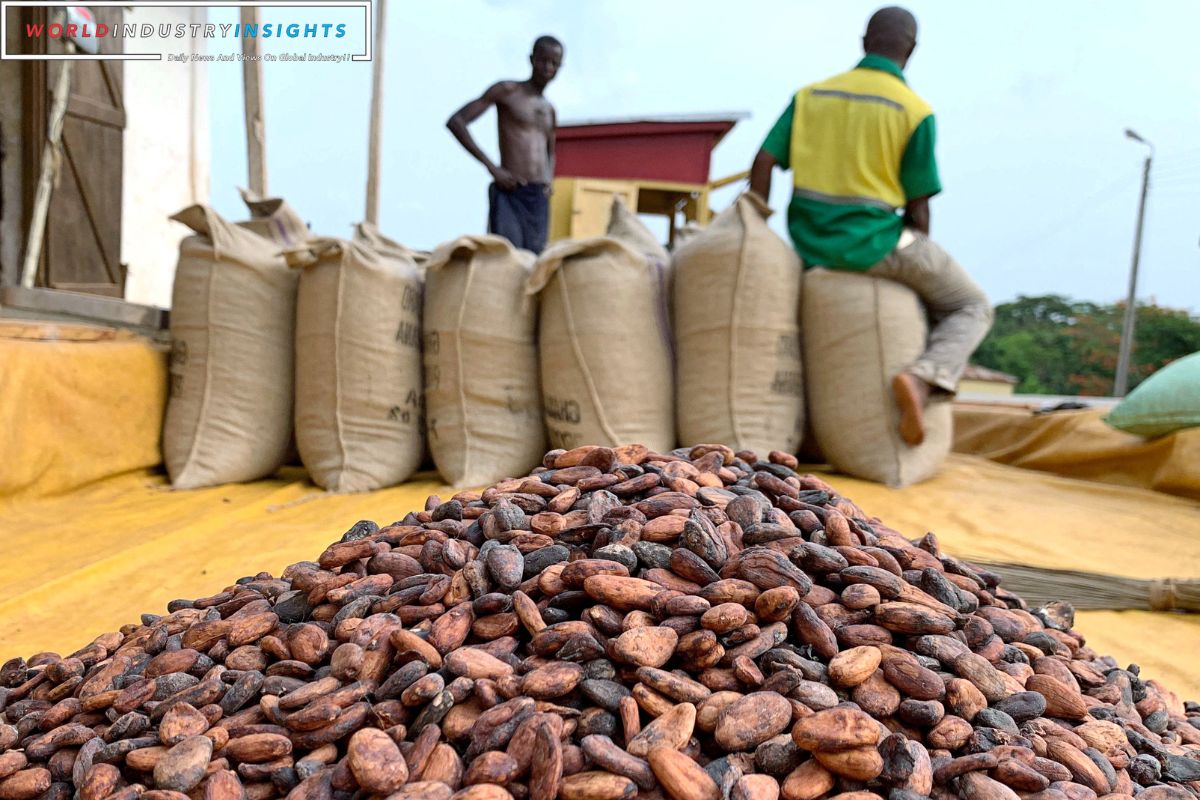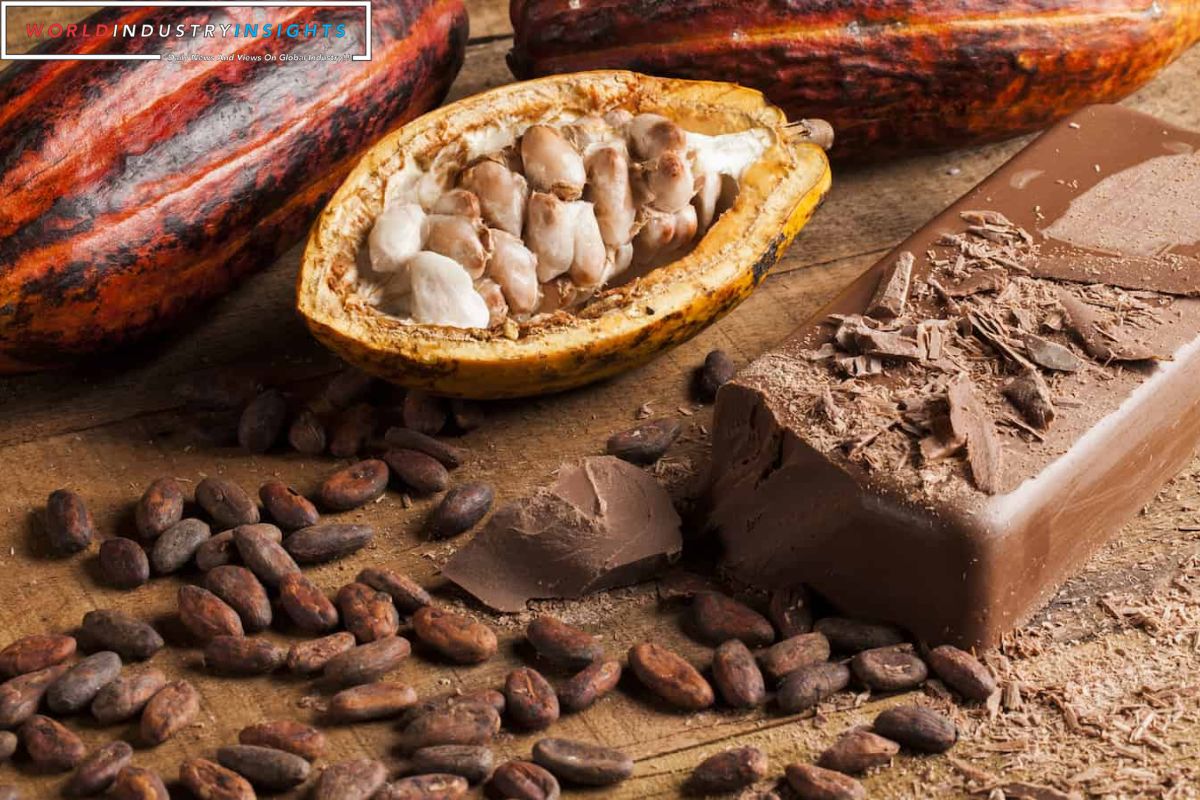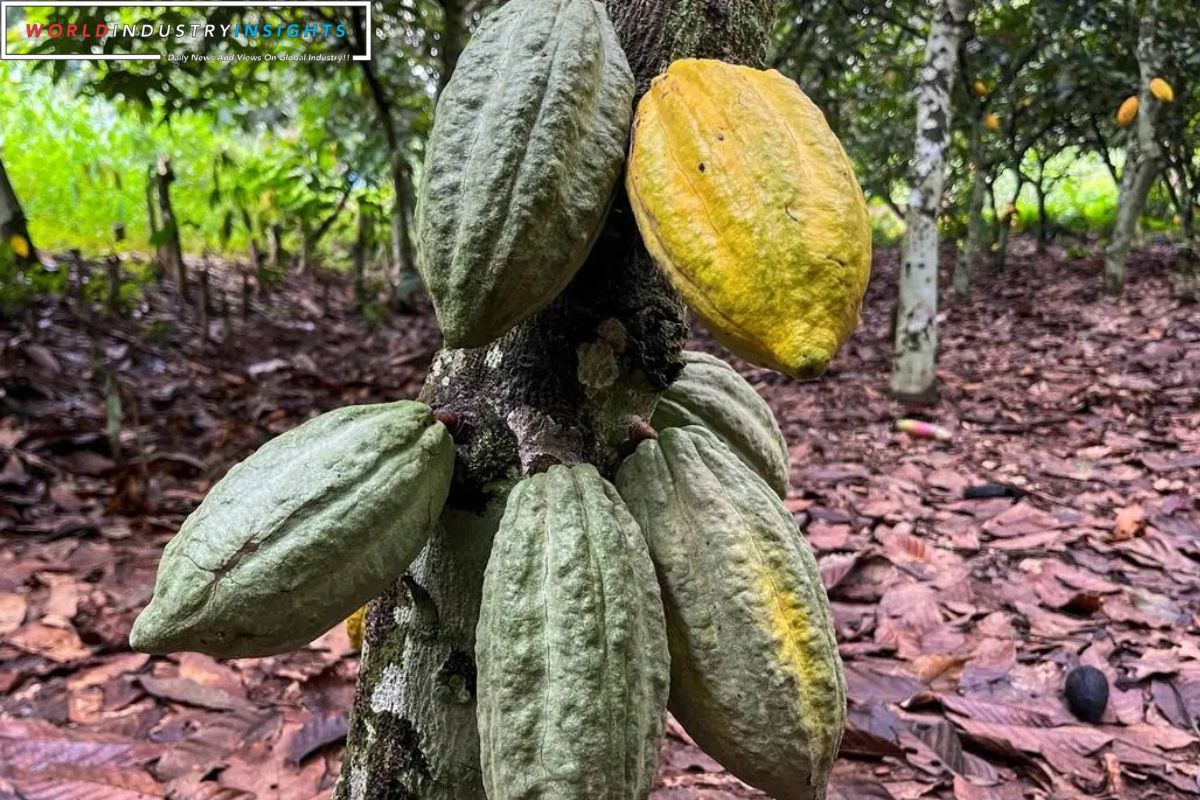Cocoa and Iron Ore Soar: The year 2023 witnessed a remarkable surge in the commodity market, as both cocoa and iron ore soared to new heights. This upward trajectory was driven by a confluence of factors, including supply constraints and shifts in China’s economic policies.
Cocoa, a key ingredient in the production of chocolate, experienced a significant increase in demand, while iron ore benefited from China’s continued infrastructure development. The highlights of this market surge, it becomes evident that these commodities played a pivotal role in shaping the global economic landscape.
However, the implications of this surge are not limited to these two commodities alone. The ripple effects are far-reaching, impacting other sectors such as energy, metals, and agriculture. In this discussion, we will explore the market dynamics, underlying factors, and future outlook of these commodities, leaving readers eager to uncover the intricate web of interconnectedness that defines the global commodity market.
Key Takeaways
- Cocoa prices surged by 72% due to supply constraints caused by viral swollen shoot disease in West Africa.
- Iron ore prices increased by nearly 55% as China implemented policies to stimulate economic recovery and boost infrastructure investment.
- Natural gas and coal prices declined due to increased supplies and reduced demand following Russia’s invasion of Ukraine.
- The Thomson CoreCommodity CRB Excess Return Index is projected to decline by 4% in 2023 due to interest rate hikes dampening global growth.
Cocoa and Iron Ore Surge: Supply Constraints and China’s Economic Policies
What factors contributed to the surge in cocoa and iron ore prices, and how did China’s economic policies play a role in this market development?
The surge in cocoa and iron ore prices can be attributed to a combination of supply constraints and China’s economic policies.
Also Read: Sweet Merger Symphony: Mars £534 Million Takeover Reshapes Hotel Chocolats Global Destiny
In the case of cocoa, the 72% surge in prices was primarily driven by supply constraints in West Africa, where viral swollen shoot disease severely affected cocoa production. This led to a significant reduction in cocoa supply, causing prices to reach multi-decade highs.
On the other hand, the nearly 55% increase in iron ore prices was propelled by China’s efforts to stabilize its property sector and stimulate economic recovery. China, being the largest consumer of iron ore, implemented policies to boost infrastructure investment, which fueled demand for steel and, subsequently, iron ore.
These policies played a crucial role in driving up iron ore prices globally.
Thus, both supply constraints and China’s economic policies were instrumental in the surge of cocoa and iron ore prices.
Natural Gas and Coal Decline: Russia’s Invasion Impact and Warm Winter
The decline in natural gas and coal prices can be attributed to increased supplies and reduced demand following Russia’s invasion of Ukraine, coupled with a warm winter that further deflated prices.
The invasion disrupted natural gas supplies from Russia, which is one of the world’s largest exporters of this energy source. As a result, the market was flooded with excess supply, leading to a decline in prices.
Additionally, the warm winter across various regions further reduced demand for heating, contributing to the downward pressure on prices.
This combination of increased supply and reduced demand created a challenging environment for natural gas and coal producers, as they struggled to find buyers for their products.
However, it is important to monitor geopolitical developments and weather patterns going forward, as they will continue to influence the trajectory of these commodities in the market.
Commodity Price Outlook for 2024
Following the decline in natural gas and coal prices due to Russia’s invasion of Ukraine and a warm winter, the commodity price outlook for 2024 appears weak amid concerns of economic growth.
The Thomson CoreCommodity CRB Excess Return Index is projected to decline by 4% in 2023, primarily influenced by interest rate hikes dampening global growth.
Analysts anticipate continued weakness in aggregate commodity prices in 2024, as potential stalls in U.S. economic growth and tepid growth in Europe and China loom. These concerns stem from factors such as rising inflation, supply chain disruptions, and the ongoing impact of the COVID-19 pandemic.
Additionally, geopolitical tensions and policy decisions regarding climate change may further contribute to the subdued outlook for commodity prices in 2024.
Investors and market participants should closely monitor these factors as they navigate the complex landscape of commodity markets.
Agriculture Sector
The impact of weather conditions on the agriculture sector has been significant, affecting the production and prices of various crops. Hot and dry weather resulting from El Nino has had adverse effects on global rice, coffee, and sugar production, leading to higher prices.
Wheat, corn, and soybeans are also expected to face losses in 2023 due to vulnerabilities to adverse El Nino weather, export restrictions, and higher biofuel mandates. Additionally, palm oil production is anticipated to decline in 2024 due to the impact of El Nino, which will support cooking oil prices.
These weather-related challenges have highlighted the importance of closely monitoring and managing weather conditions in the agriculture sector to mitigate potential disruptions in production and price fluctuations.
Energy and Metals Market Dynamics
Energy and metals market dynamics have played a crucial role in shaping the global economy, with significant implications for oil, gas, coal, gold, silver, and industrial metals.
In 2023, rising supply of oil, gas, and coal could impact energy prices for a second consecutive year in 2024.
Gold reached all-time highs above $2,100, driven by a softer U.S. dollar and Treasury yields. However, industrial metals had a mixed performance, with nickel being the biggest loser, down more than 40%. Nickel prices are expected to remain under pressure in 2024 due to a global surplus.
On the other hand, Citi expects gold and silver prices to rise in mid-2024 due to strong demand as a hedge against risks in developed market equities and property.
These dynamics highlight the complexities and interdependencies within the energy and metals markets, which continue to influence the global economy.
Conclusion Of Cocoa and Iron Ore Soar
In conclusion, the commodity market surge in 2023 saw cocoa and iron ore reach new heights due to supply constraints and China’s economic policies.
However, natural gas and coal faced a decline due to Russia’s invasion impact and a warm winter.
Looking ahead to 2024, there are concerns of weakness in commodity prices amidst economic growth concerns.
Additionally, the agriculture sector was impacted by weather conditions affecting rice, coffee, sugar, wheat, corn, soybeans, and palm oil.
The energy and metals market also experienced dynamics in oil, gas, coal, gold, silver, and industrial metals.
Our Reader’s Queries
How much is iron ore in China?
The latest contracts for Iron Ore 62% Fe, CFR China (TSI) Futures have been released. The prices for April 2024 are at $135.69, May 2024 at $133.16, June 2024 at $130.67, and July 2024 at $130.62. There are six more rows of data available for those interested.




